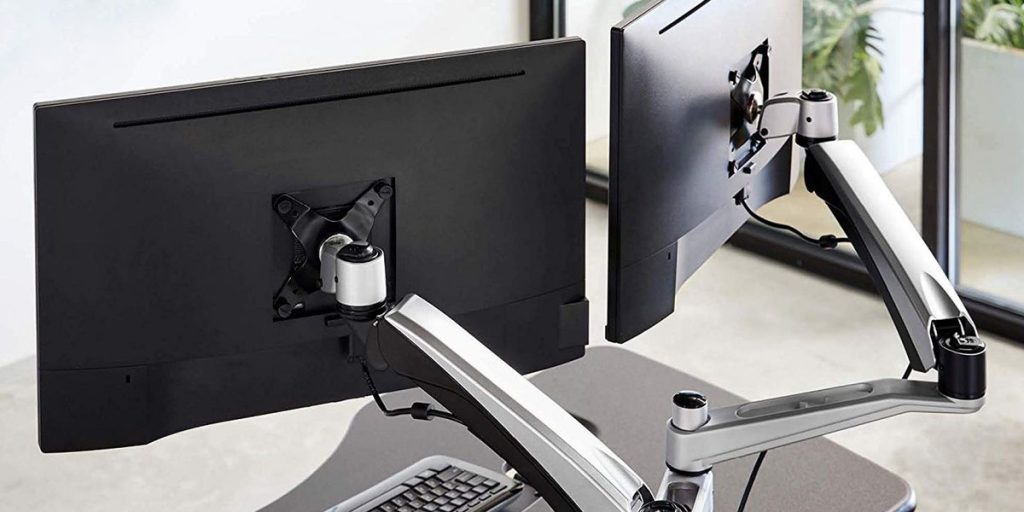
Successful Mobile App Ideas to Boost Your Business
Mobile apps are dominating our interactions with brands. If your audience wants to understand a product, buy or sell it, or get engaged with the product, they turn to a mobile app for the same.
It is slowly becoming important for businesses to stay present in this medium. However, it is important you think outside the box if you want to attract the attention of the target niche.
The reason being, there are several apps that belong to the different niches, and each one is getting a good amount of traction. If you repeat what others are doing, then you might not be able to convert. However, if you bring in a USP, then you would gain not just conversions, but also profits, as per the startup app development guide.
We have curated a few Android app ideas that should be able to win you the niche’s attention and garner more conversions for the product or service you are offering.
The Buy & Sell Niche

This is the niche that gains maximum conversion, as people are on the hunt for convenient means of buying and selling products. Scan and shop are reinventing the buyer’s life. You can see how comfortable life is as a result of this new method- where the customer has to scan the product, and it gets added to their cart. The customer won’t need to check out of the store manually; the app does it for them. This is just one of the many ways your app can redefine the whole process.
Finding a product in-store using the buy and sell an app or, creating smart lists that show you where the products are located within the store is also another method of developing an app for the buy and sell niche.
Food Apps
This niche still comprises of many unexplored areas that you can tap into if you want to deliver a good app to the users in your niche.
The food donation app is an excellent path to explore. Why waste the leftovers? Why not donate it to someone in need? The app will help people who have an excess of food connect with those who give food to the needy, and thus ensure the food does not get wasted.
There are difficult times when the food or rather the materials needed to prepare food, needs to reach the people in desperate need for the same. The food apps can help people distribute the menu to the needy.
These are just app ideas that you can validate and convert according to the requirements.
Invoicing Solutions
Many startups have to invest all their efforts into getting the invoicing done on time. They have to spend their resources in ensuring that the taxes are filed in time and take care of the balance sheets as well.
However, small businesses can’t manage everything by themselves. That’s why you can deliver an app solution specifically for them. The invoicing app solutions can help calculate the amount of tax to be paid and will help you know if you are paying the right amount of tax.
It is an interesting app that you can deliver to the startups. Apart from tax calculations, it can also help manage the profits, the investments they need to make as a business, manage their salaries, and help with paydays. There are various ideas that you can develop for businesses.
On-demand Apps
The on-demand segment is fast gaining popularity among the audiences. You need to pick up an idea that will resonate with the audience in this segment, and work on fulfilling it.
The on-demand car wash service is a solution that will help people who need a car wash or car cleaning service at the last minute. If they need it immediately or within an hour’s interval, then this car wash app will help them.
The on-demand laundry service is also another idea that you can develop on. Look into the gaps that exist in this niche, and deliver an app accordingly. Apart from cab and food, on-demand groceries, fruits, stationery, and other industries have also entered into this niche.
You will notice that there are several players in this niche, and you are competing with several players at the same time.
You must deliver a good user experience if you want to convert the users.
The Translation Apps

Businesses are operating at a global level, which is why it has suddenly become important for people to start speaking the language of the people in different countries. The translation apps will help translate from one language to another. It also helps you understand what the other person was trying to communicate.
Apart from the translation apps, you can even use language apps to help the people in the target market to learn a new language. It makes life easier for them to learn and adapt to a new language environment, without actually investing money into learning.
Productivity Apps
Both personally as well as professionally, you need a productivity app that can help you get through the day easily. From ensuring the milk can is full to making use of these apps to buy the necessary supplies, these apps make your day easy.
The note-taking app was used to make sure that you could write anything that came to your mind instantly. This was helpful to the writers, especially. There are several versions of these apps at present. You can use this concept to deliver other productivity solutions to the end-users.
The smart list app is helpful to everyone who wants to make their travel, grocery, or other lists.
Summing up
These are just a few ideas genres that you can use to create app solutions for your target market. Also, If you’re a fan of customizing your Android device through rooting, you can try out these Magisk modules to spice things up a bit. It is important, however, that you hire an excellent Android app development company that can help you create a winning solution.
About the author
Atman Rathod is the Co-founder at CMARIX TechnoLabs Pvt. Ltd., a leading Mobile App Development Company with 16+ years of experience. He loves to write about technology, startups, entrepreneurship, and business. His creative abilities, academic track record, and leadership skills made him one of the key industry influencers as well.
Social Links
Linkedin – https://www.linkedin.com/in/rathodatman/
Twitter – https://twitter.com/RathodAtman
Skype: atman.rathod
Medium: https://medium.com/@rathod.atman




























